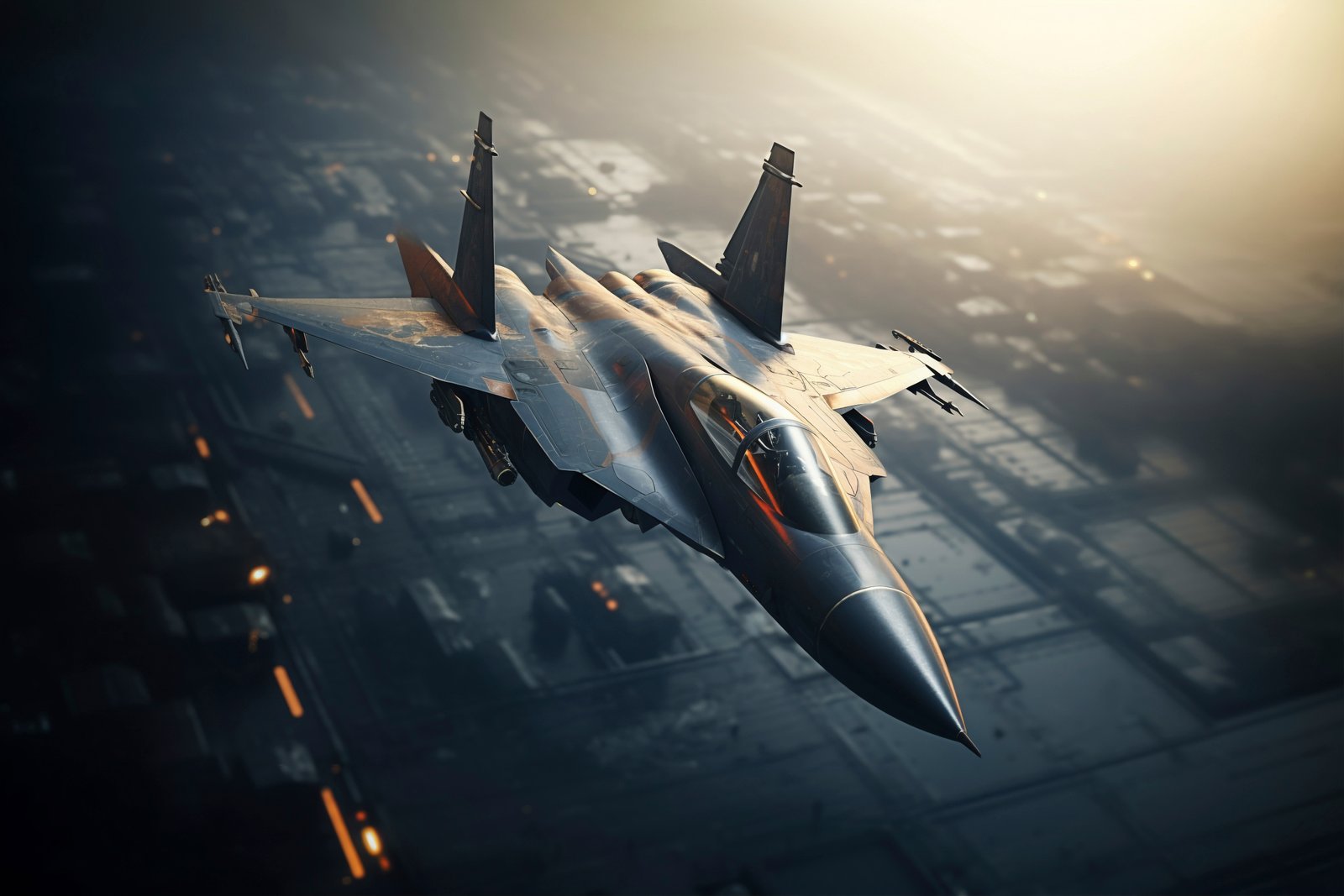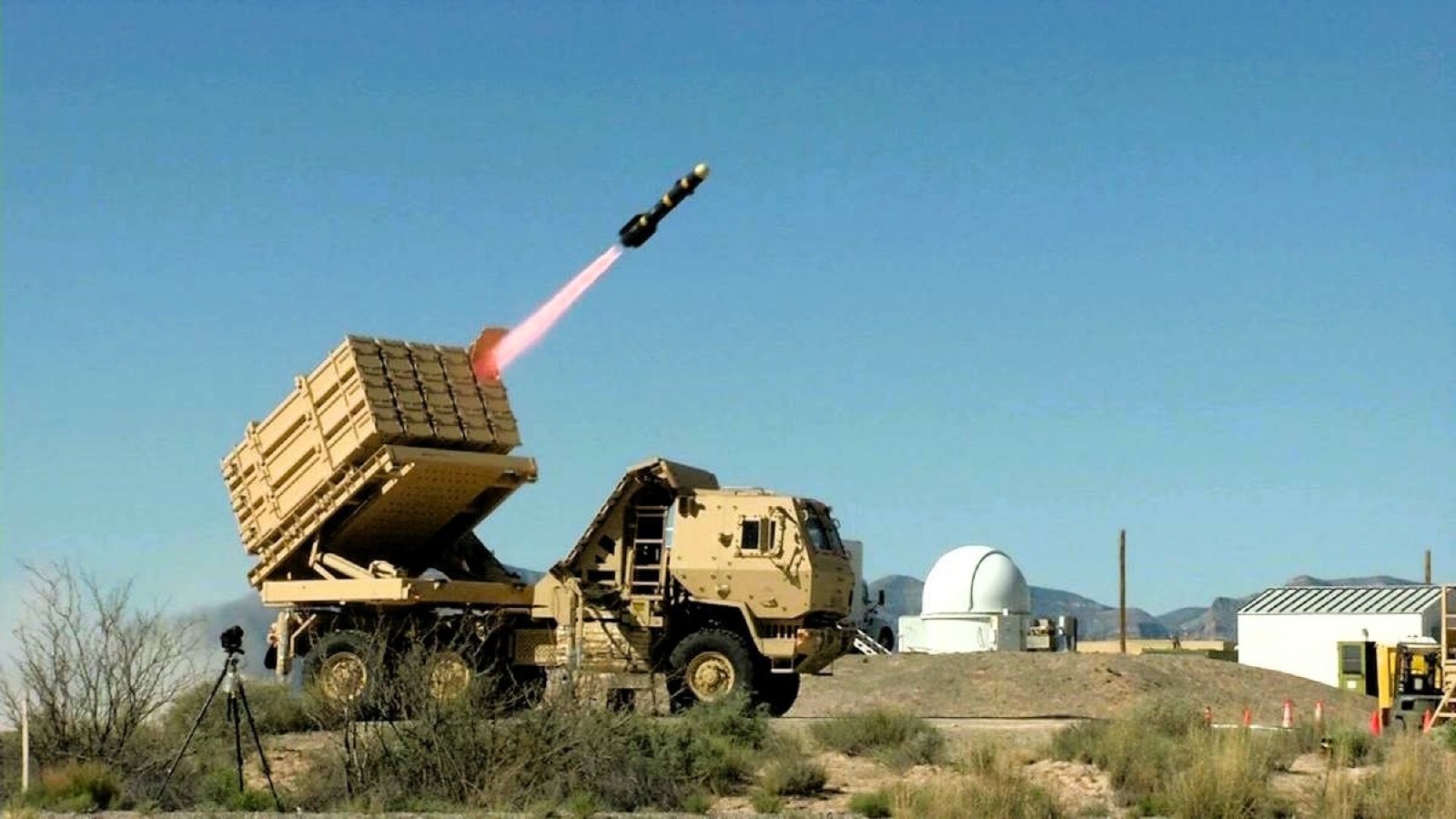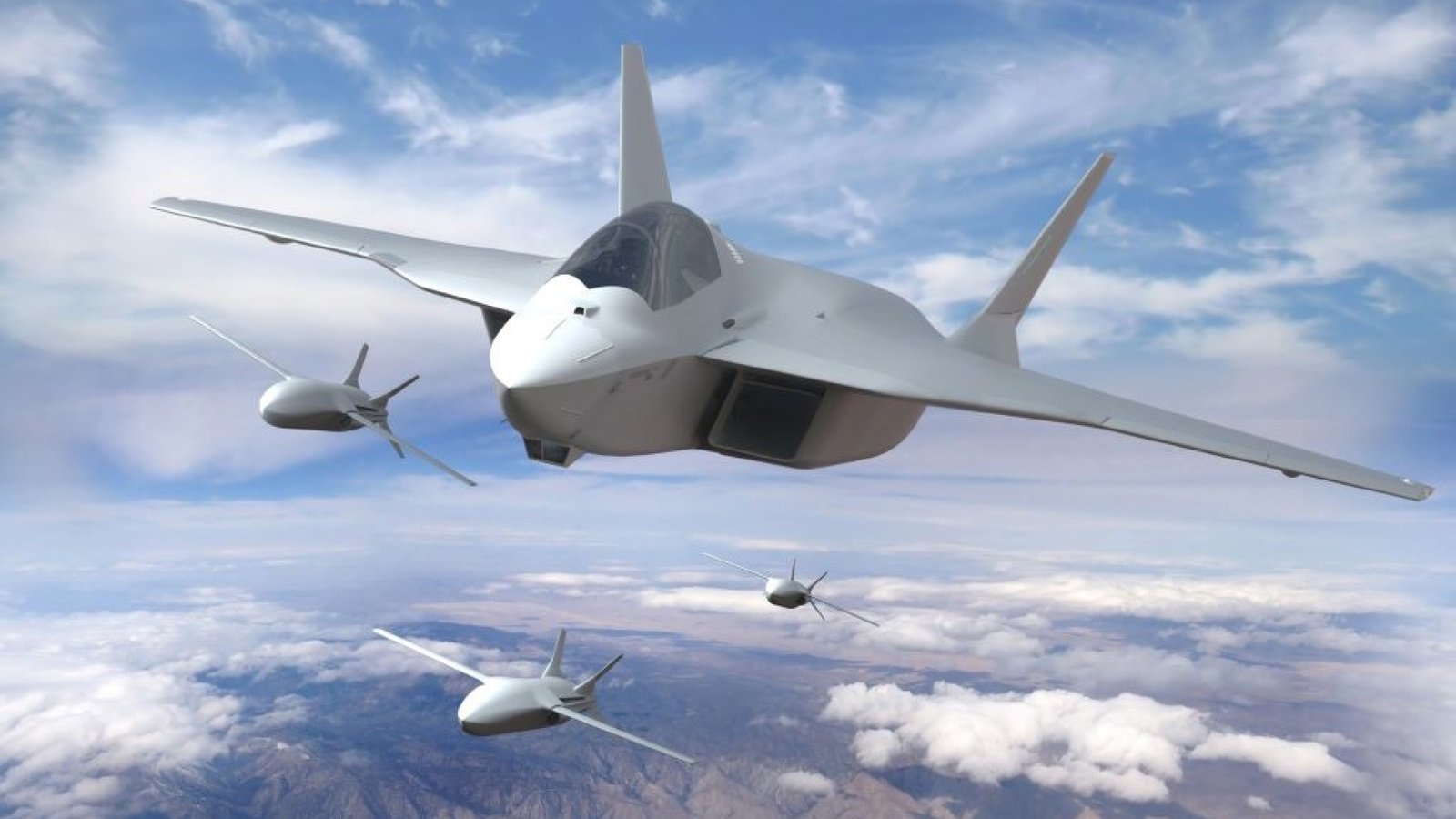
Hypersonic Weapons Market: The Next Era of Aerospace & Defense Strategy
Walk into any defense strategy meeting today, and you’ll hear a buzzword repeated like a classified mantra: hypersonic weapons market. What was once the stuff of Cold War fever dreams has now become the centerpiece of 21st-century aerospace innovation, military posturing, and international competition. Countries are no longer just racing to space; they’re racing to Mach 5 and beyond. And as governments pour billions into this new arms race, businesses, policymakers, and industry leaders are scrambling to decode the opportunities, risks, and ripple effects. At Blackwater, our job is to make sense of this rapid evolution with market intelligence sharper than a supersonic wing.
The conversation is no longer about if hypersonic technology will dominate future combat systems, but how fast it will integrate and who will lead the charge. This is the dawn of a strategic shift, where military modernization meets aerospace breakthroughs, and the economics of national security collide with the realities of market competition.
Speed Isn’t Just Physics — It’s Strategy
For the uninitiated, hypersonic weapons are missiles capable of traveling at speeds exceeding Mach 5 — that’s more than 6,000 kilometers per hour. To put that in perspective, if you launched one from New Delhi, it could hit Shanghai before your coffee cools. But the fascination isn’t just about speed; it’s about maneuverability. Unlike traditional ballistic missiles that follow predictable arcs, hypersonic systems can weave, dip, and dodge in ways that make existing missile defense systems sweat bullets.
This combination of velocity and agility has sparked panic and investment in equal measure. The hypersonic weapons market is forecasted to balloon as nations try to ensure they’re not outpaced, both literally and figuratively. At Blackwater, our market research shows a fascinating paradox: while hypersonics are touted as nearly unstoppable, they are simultaneously driving a gold rush in missile defense R&D. In other words, every hypersonic blade is creating its own hypersonic shield industry.
Aerospace Innovation at Mach Speed
Traditionally, aerospace innovation has been measured in decades — think of how long it took to go from propeller planes to jet engines, or from the Space Shuttle to reusable rockets. Hypersonics, however, are compressing that timeline into a few high-pressure years. The result? Defense contractors, aerospace startups, and even academic labs are being swept into a vortex of rapid prototyping, testing, and strategic alliances.
But speed has its own quirks. At Mach 5, air doesn’t behave like air anymore; it turns into plasma. Materials melt, communication systems fail, and precision becomes a nightmare. Solving these challenges isn’t just about engineering—it’s about rewriting the playbook of aerospace innovation. Blackwater’s insights reveal that while governments dominate funding, private-sector ingenuity is quietly shaping breakthroughs in thermal protection systems, propulsion technologies, and guidance software. These innovations will not only define the hypersonic weapons market but could spill over into commercial aerospace and even space exploration.
Military Modernization: The Hypersonic Catalyst
Every military strategist knows that the tools of tomorrow dictate the doctrines of tomorrow. The hypersonic weapons market is therefore not just about technology, but about redefining global power balances. For countries like the U.S., China, and Russia, hypersonics are a matter of deterrence and prestige. For smaller but ambitious nations, they represent a chance to leapfrog traditional military hierarchies.
In Blackwater’s market models, military modernization is emerging as the single biggest driver of hypersonic adoption. Defense budgets worldwide are being recalibrated, with hypersonics taking a top-shelf priority alongside cyber warfare and AI-driven defense systems. What’s more, procurement strategies are shifting: governments are no longer just buying weapons; they’re investing in ecosystems of suppliers, testing facilities, and research hubs. The downstream effect? A ripple that touches everything from manufacturing alloys to advanced computing.
Missile Defense: The Unstoppable Meets the Unblockable
Here’s the twist that keeps generals awake at night: every time a new hypersonic system is tested, missile defense systems look less capable. Traditional radar systems struggle to track hypersonic gliders. Interceptors, designed to calculate predictable paths, fail to anticipate their acrobatics. The result is a sobering realization: the very concept of deterrence might be changing.
But markets love a challenge. While the hypersonic weapons market grabs headlines, the counter-hypersonic industry is quietly booming. From laser defense systems to space-based tracking constellations, countries are throwing money at technologies that sound like science fiction. Blackwater’s research suggests that this cat-and-mouse dynamic is not a temporary blip, but the new normal. For every offensive innovation, there will be a defensive one, creating parallel markets that feed off each other like twin engines.
The Economics of Speed: Market Opportunities and Risks
Now, let’s talk numbers. The hypersonic weapons market isn’t just a defense story; it’s an economic one. Industry analysts project the sector to grow at double-digit CAGR in the next decade, with investments stretching across North America, Europe, and Asia-Pacific. Contractors are jockeying for billion-dollar deals, while supply chains are diversifying to meet demands for exotic materials, AI-driven navigation systems, and advanced propulsion.
Yet, this growth comes with risks. Export controls, geopolitical tensions, and the sheer cost of development mean not every player will survive. Hypersonics aren’t cheap — they’re aerospace’s equivalent of luxury cars, except the insurance premiums are geopolitical crises. Blackwater specializes in mapping these risks, helping stakeholders navigate a market where one failed test can wipe billions off valuations.
Geopolitics in a Hypersonic Age
Wars have always been shaped by the technology of their time — swords, cannons, nuclear bombs. The hypersonic weapons market represents the next big pivot. What makes it different, however, is its impact on alliances. NATO members are pushing for collective hypersonic programs. The Indo-Pacific region is becoming a testbed for deterrence strategies. And in the background, smaller nations are negotiating access to technologies through partnerships or purchases.
Blackwater’s geopolitical intelligence teams emphasize that hypersonics are as much about perception as performance. A single hypersonic demonstration can shift diplomatic conversations, defense treaties, and even trade negotiations. In this sense, the hypersonic weapons market is not just an industry—it’s a theater, where economics, politics, and security converge.
Civilian Spillovers: Beyond the Battlefield
It’s tempting to think of hypersonics as purely destructive, but history tells us otherwise. Many military technologies — GPS, the internet, even jet engines — eventually find their way into civilian life. The same could be true here. Advances in propulsion, materials science, and high-temperature electronics developed for hypersonics could accelerate commercial aerospace innovation. Supersonic passenger jets, reusable spaceplanes, or ultra-fast cargo delivery systems may owe their existence to hypersonic R&D.
For Blackwater’s clients, this presents a tantalizing angle: the hypersonic weapons market isn’t just about defense contracts. It’s about being positioned at the crossroads where defense innovation spills over into global commerce. Imagine being the supplier of thermal protection systems not just for missiles, but for next-gen space tourism. That’s where foresight becomes fortune.
Blackwater’s Edge: Making Sense of Supersonic Chaos
At Blackwater, we thrive in markets where disruption is the norm. The hypersonic weapons market is precisely that—a storm of innovation, rivalry, and uncertainty. Our mission is to cut through the noise with research that’s both analytically rigorous and strategically useful. Whether you’re a defense contractor plotting your next R&D investment, a policymaker drafting procurement strategies, or an investor weighing risks, Blackwater delivers clarity at Mach 5.
We track the pulse of military modernization, the progress of missile defense systems, and the breakthroughs in aerospace innovation. Our insights don’t just follow headlines; they forecast trajectories. In a market where being late by even a year could mean obsolescence, we give you the competitive edge to stay ahead.
The Road Ahead: A Hypersonic Decade
So, what does the future look like? In one word: fast. The hypersonic weapons market is set to dominate defense budgets, fuel aerospace research, and rewrite global security doctrines for at least the next decade. But it’s not a straight-line race. It’s a turbulent journey of trial, error, and reinvention. Nations will test, fail, and try again. Contractors will rise and fall. Markets will boom and recalibrate.
But through it all, one truth will hold: hypersonics are no longer science fiction—they’re the strategic heartbeat of a new era. And for those who want to navigate this high-velocity landscape, Blackwater remains the most reliable co-pilot.
Conclusion: Faster Than the Future
The hypersonic weapons market is where physics, politics, and economics collide at breakneck speeds. It embodies the paradox of modern defense: unstoppable offense meeting unrelenting defense, military ambition clashing with fiscal reality, and aerospace genius tested against the limits of nature itself.
For governments, it’s about deterrence. For industries, it’s about opportunity. For markets, it’s about volatility. And for Blackwater, it’s about turning complexity into clarity. Because when the world is moving at Mach 5, you don’t just need data — you need intelligence. And that’s exactly what we deliver.



